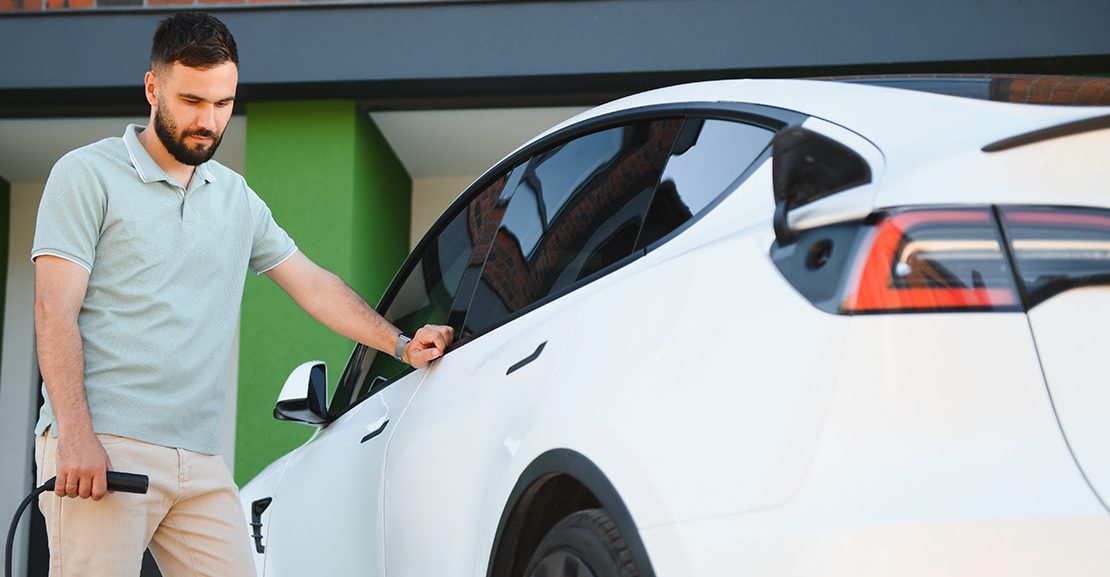The search for a straight answer about window tinting and Tesla warranties can drive anyone crazy. Walk into any tint shop and they’ll tell you that it’s completely fine to tint your Tesla – but the service advisor at the dealership starts talking about voiding your warranties if you make any modifications at all.
California makes this whole situation even more complex with some of the strictest tint laws in the country, and Tesla vehicles have all sorts of advanced technology built into them. Most owners want darker tint for heat rejection and privacy benefits. Nobody wants to put their warranty coverage in danger on a car that probably cost them $50,000, $60,000 or maybe even $100,000. Online forums don’t help much either, since everyone seems to have a different opinion, and suddenly a basic modification becomes a massive gamble.
Federal law actually has your back on this, though. The Magnuson-Moss Warranty Act prevents manufacturers from just denying warranty claims because you added aftermarket parts to your vehicle. For Tesla to legally deny a warranty claim, they have to actually prove that the window tint itself directly caused whatever problem you’re having with the car. California does have laws on front window tint (they have to allow at least 70% of visible light through). The rear windows are completely up to you.
Let’s sort out the confusion about Tesla warranties and window tinting in California!
What Tesla’s Warranty Actually Says
Tesla’s warranty paperwork contains some pretty particular language about modifications that many owners never actually read. The document relies heavily on phrases like “may affect coverage” instead of the much scarier “will void warranty.” And this particular word choice actually matters quite a bit for owners who want to customize their vehicles.
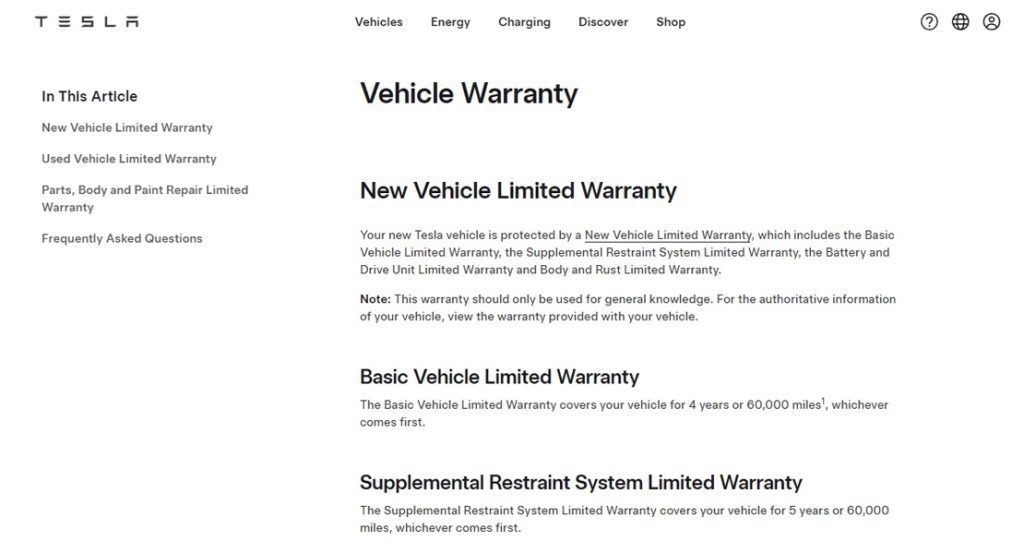
The warranty documentation doesn’t state that window tint automatically cancels your entire coverage – that’s just not how it works. What Tesla does instead is reserve the right to deny specific claims. But only if they can show that a modification directly caused the problem you’re experiencing. There’s a real difference between this and what most owners believe will happen when they add aftermarket products.
The burden of proof falls on Tesla here, which is great news for owners. They have to show a direct connection between your aftermarket tint and the issue that brought you to the service center. Say that your battery decides to fail or your door handle stops working properly, they can’t simply look at your tinted windows and tell you to go home. The relationship between the modification and the failure has to be logical and demonstrable.
Service centers throughout California see tinted vehicles all the time, and usually, it’s a non-issue. Technicians come across aftermarket tint on probably half the cars they service, and they hardly ever even bring it up unless the customer specifically came in for a window-related problem. They’re experienced enough to know which modifications matter for warranty purposes and which ones are irrelevant.
The warranty language was written to give Tesla some flexibility and to protect owners from unreasonable claim denials. The legal team wrote it to help the company stay out of legal problems while keeping some level of control over which modifications they’ll tolerate. Service advisors usually review whether a modification could realistically cause the particular failure that brought you in. Window tint on your rear windows has nothing to do with your autopilot cameras, though if you’ve added tint to your windshield and you’re experiencing sensor problems, that might become a conversation worth having.
How the Law Protects Your Warranty
The Magnuson-Moss Warranty Act has been around since 1975, and it’s one of the most valuable consumer protection laws that protects car owners from unfair warranty denials. This federal law prevents manufacturers from automatically voiding your warranty just because you decided to add some aftermarket parts to your vehicle. Tesla can’t simply turn around and claim your warranty no longer applies because you went ahead and tinted your windows.
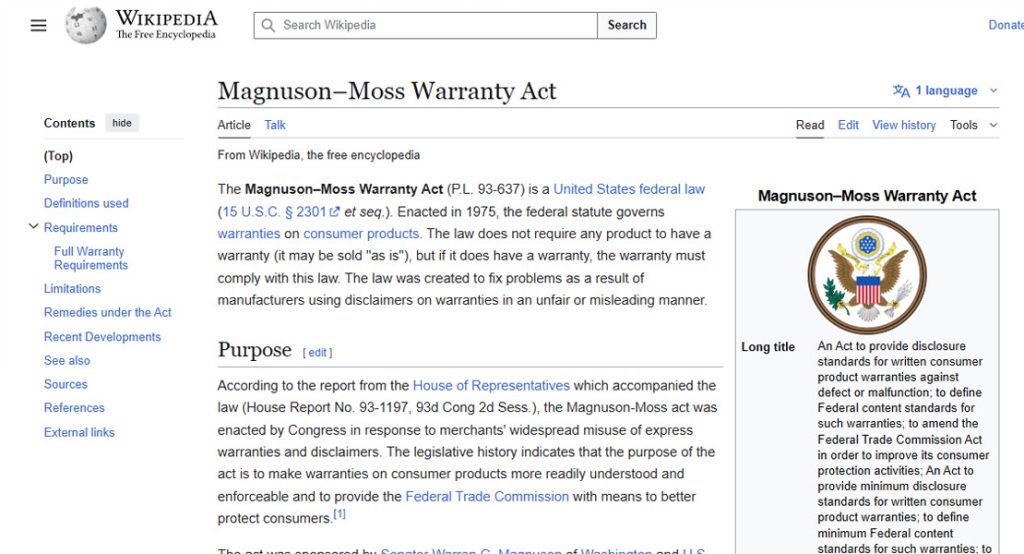
What the law actually requires is for the manufacturers to show proof that whatever modification you made directly caused the exact problem that they don’t want to cover under warranty. If your Tesla’s battery pack fails and you also have aftermarket window tint installed, Tesla would have to somehow prove that the window tint was responsible for the battery damage. Yeah, right – there’s zero connection between the window film and the battery systems whatsoever.
The great news is that this protection extends to almost any modification you might want to make to your vehicle. The courts have repeatedly sided with consumers when manufacturers try to deny warranty claims over modifications that aren’t related to the problem at hand. One case that comes to mind involved a dealer who refused to honor an engine warranty just because the owner had put in aftermarket floor mats. The manufacturer lost that case, and for obvious reasons – floor mats don’t affect engine performance in any way whatsoever.
Of course, you can’t simply go wild and expect total protection no matter what you do. Tinting your rear window with a film so dark that it actually damages the defrost wires embedded in the glass would give Tesla reasonable grounds to refuse to repair those exact wires under warranty. The main factor here is the direct connection – your modification has to be the cause of the failure for Tesla to legally deny coverage for that particular repair.
Tons of car owners have been made to believe that any aftermarket parts will automatically void their warranties, mostly because dealership service departments love to make that claim. They’re completely wrong about this. Federal law gives strong protection to consumers as long as the modifications you’ve made aren’t responsible for whatever needs to be repaired. And this protection is nationwide – it doesn’t matter if you live in California, Texas, Florida or anywhere else in the country.
California Window Tint Laws
California has some of the strictest window tint laws in the country, and if you’re a Tesla owner (or any car owner for that matter), you need to know what the laws are. The state says that your front side windows have to allow at least 70% visible light transmission. Most of the light has to be able to pass through those front windows. The positive news is that your back windows and rear windshield can be as dark as you want them to be – California doesn’t regulate those at all.
The reason California cares this much about your front windows has everything to do with law enforcement safety. Police officers need to be able to see inside vehicles when they pull you over for a traffic stop. It’s a fair requirement once you understand the safety reasons behind it.
Medical exemptions are available for anyone who has a health condition that requires darker tint. Your doctor will have to fill out some paperwork and explain why you need the extra protection. The DMV reviews all these applications and can grant you an exception to the normal tint laws.
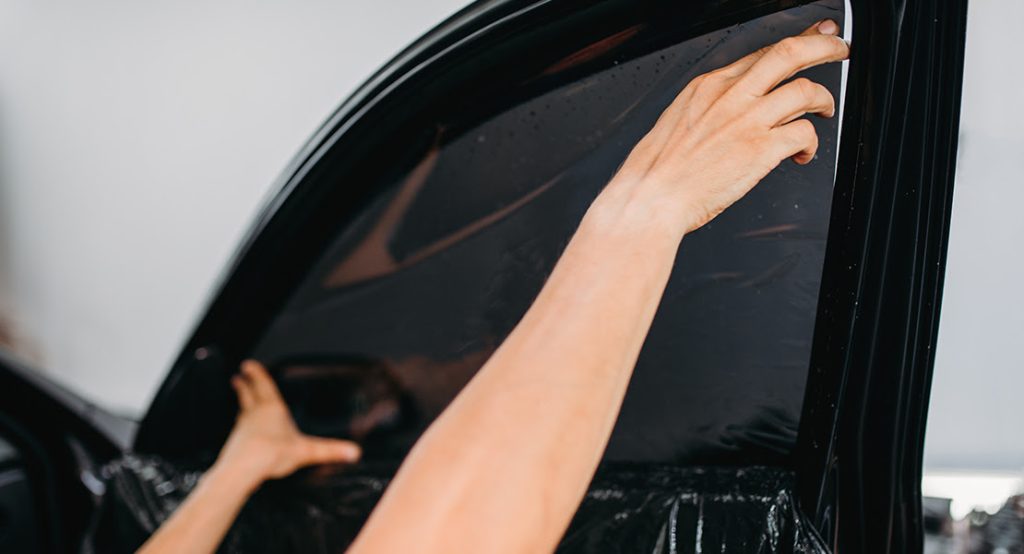
Tesla owners run into a particular problem with California’s tint laws. Most drivers would like their front windows to be darker than what the state actually permits, and you’ve probably seen plenty of cars cruising around with tint that’s way past the legal limit. Half of the cars around you are already doing that anyway.
The consequences of illegal tint go beyond the first citation. A fix-it ticket for the window tint might only cost you around $25 in fees. But the main expense comes from having to remove the professional tint and maybe replace it with legal tint. Professional removal and reinstallation can run you a few hundred dollars.
There’s another issue that many Tesla owners don’t think about – illegal modifications can complicate other parts of car ownership. Warranty claims could get extra scrutiny if your vehicle has obvious illegal modifications. While the tint itself probably won’t void your warranty, it could affect how service centers handle your requests.
Tesla Parts That Can Be Affected by Tint
Tesla vehicles come loaded with advanced technology that standard cars just don’t have, and this actually creates some complications if you want to add aftermarket window tint.
Tesla vehicles have a few different antennas built right into the glass panels themselves, and each one controls something different – keyless entry, cellular connectivity, data transmission and a few other features. The tricky part is that these antenna lines are almost impossible to see unless you’re looking for them.
Window tint installers need to work with extreme care around them because one wrong move with a razor blade can slice right through an antenna line. When that happens, you lose the features that you use every day.
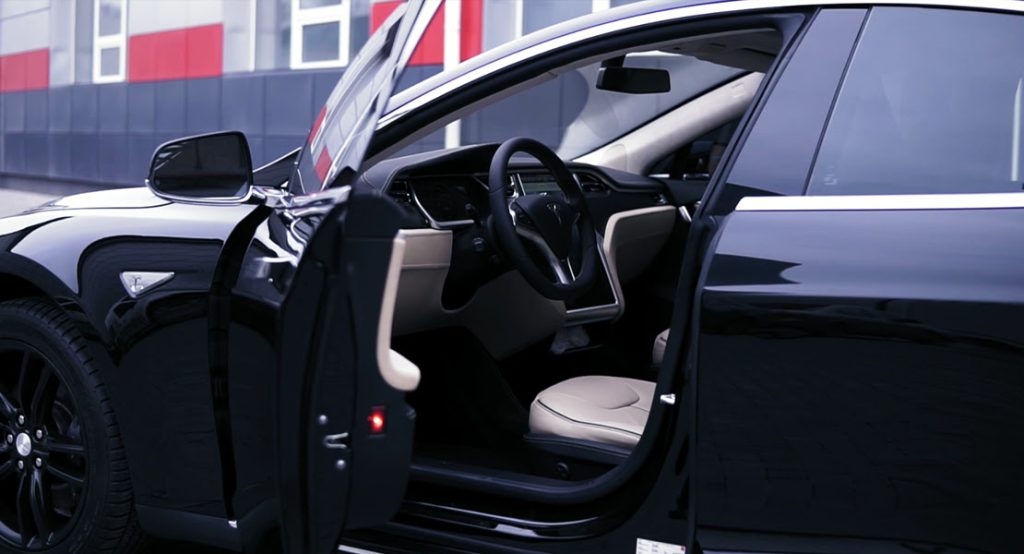
Autopilot cameras are where the installation gets especially tricky. These cameras sit right behind the windshield, and they need a completely unobstructed view for the system to work properly. The wrong type of tint film can interfere with the camera sensors, or it might create visual distortion that makes it impossible for the Autopilot to read the road accurately. Tesla service centers are actually notorious for refusing warranty coverage when they find that aftermarket tint has caused camera or sensor problems.
The cabin overheat protection system is another feature that can run into problems with certain tints. The system relies on interior temperature sensors to monitor the heat levels, and it automatically activates cooling when your car reaches dangerous temperatures while parked. Metallic tint films, in particular, have a tendency to block or scramble these sensor readings. You might get stuck with a protection system that either fails to activate when it’s needed or that runs non-stop and drains your battery much faster than it should.
The film choice matters quite a bit for Tesla owners. Metallic tints are notorious for blocking radio waves and creating interference with your fob’s transmission. Ceramic tints usually play much better with Tesla’s electronic systems, though you’ll pay a premium for that compatibility.
The newer Tesla models add even more considerations with their acoustic glass that’s designed to cut down on road noise. And those frameless doors need extra care during installation to prevent damage to the delicate window adjustment mechanisms and seals.
Professional Installation and Documentation
The installer you pick for your Tesla’s window tint is probably the biggest choice you’ll make in this whole process. Teslas have antennas and sensors in places where most cars don’t. An inexperienced installer could damage something without even realizing it. A shop that works on Teslas all the time will already know where these sensitive parts are located and how to work around them during the installation.
Keep all your receipts, warranty papers and any paperwork the tint shop gives you in a safe place where you’ll find them later. Photos are just as helpful to have – take plenty of them before the installer starts work on your car, and then grab another full set once they finish the job. Tesla sometimes likes to point fingers at aftermarket modifications when warranty problems pop up. But if you have all these records, you can show them just what was done and when. Those papers and photos become your insurance policy that the tint work was done right and has nothing to do with whatever problem might come up.
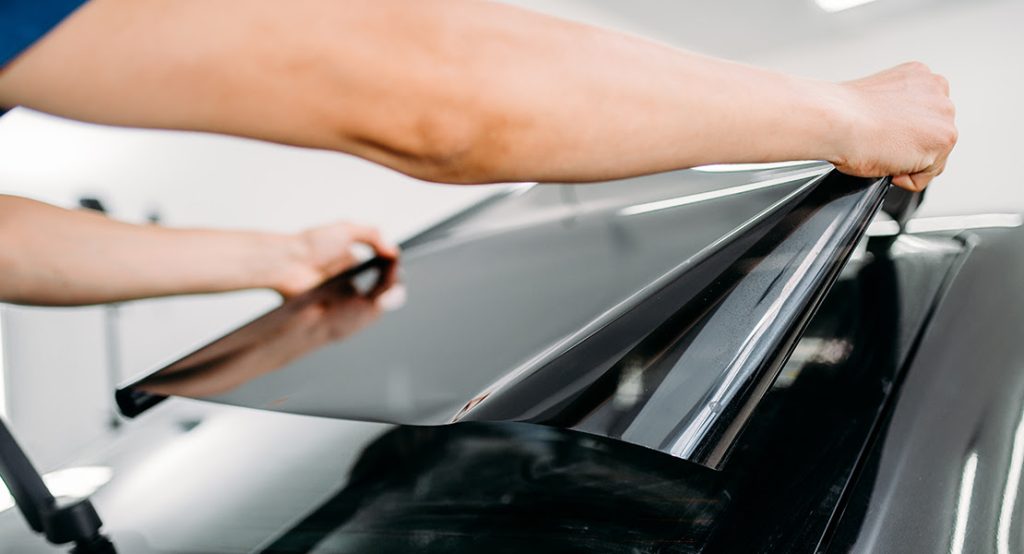
Film quality is another big consideration that lots of drivers don’t think about until it’s too late. Cheap tint might save you money at first, but it tends to start to bubble, peel or turn purple within just a few months. Premium films from trusted manufacturers cost more up front, but they usually have their own full warranties that last for years. An added benefit of higher-quality films is that they’re specifically designed to stop interference with modern car electronics – something that especially matters in a Tesla with all its advanced tech features.
You should contact your local Tesla service center before you even book the tint appointment. Ask them directly about their policies on window tint and try to get their answer in writing through email or text if at all possible. Service advisors can be pretty different in their knowledge and helpfulness on this topic. After your tint is installed, it’s worth letting the service center know about the
Any decent shop will have insurance that protects customer vehicles if damage happens as they’re working on them.
Transform Your View with Professional Tinting
Window tinting and Tesla warranties have a simpler relationship. Federal law gives you strong protection here – manufacturers can’t simply void your warranty because you added some tint to your windows. California’s tinting laws do seem restrictive when you first see them. But there’s actually some good reasoning behind the laws. These laws set up definite boundaries that let you customize your Tesla while you stay on the right side of the law and your warranty terms.
Window tinting for your Tesla shouldn’t be something that keeps you up at night. Most Tesla owners never even get their windows tinted at all, and it’s usually because they’ve run into some conflicting information online or heard horror stories about warranty problems from other owners. The great news is that federal law actually protects your right to modify your vehicle, and California has very specific laws about which types of tint are legal and which ones aren’t. Teslas do have a few particular considerations to think about during the tinting process, and any experienced installer will already know what those are and how to work with them properly. Every Tesla owner has their own reasons for wanting window tint anyway – heat rejection is very important for some drivers, and others care most about the privacy for their family in the back seats, and plenty of Model 3 and Model Y owners just love the way a quality tint job completes the look of their vehicle. Whatever your motivation is for thinking about window tint, the choice should be yours to make with confidence, and it should be based on actual information instead of random worries or secondhand warnings.
Car modifications and warranties already have a tricky relationship that’s likely to change even more as vehicles pack in more advanced technology.
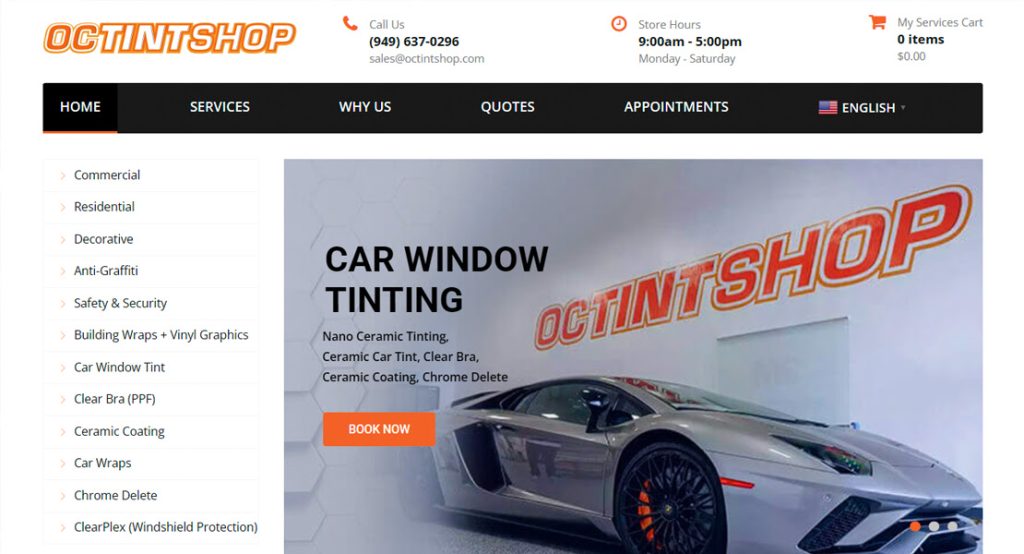
At OC Tint Shop, we’ve been working with Tesla owners all across Orange County for years, and we know how to handle these warranty and legal questions. Our technicians have years of experience with Tesla’s unique sensor systems and autopilot features, and we use the particular installation methods that protect these sensitive parts while we deliver great heat rejection and the privacy level you want. We serve customers from our Newport Beach location all the way to Anaheim and everywhere in between, and we’ve earned our reputation through precise installations that respect California laws and your warranty protection.
When you’re ready to upgrade your Tesla with professional window tinting that keeps you completely legal and protected, call us for a free consultation – we’ll show you how the right installation approach makes all the difference!

